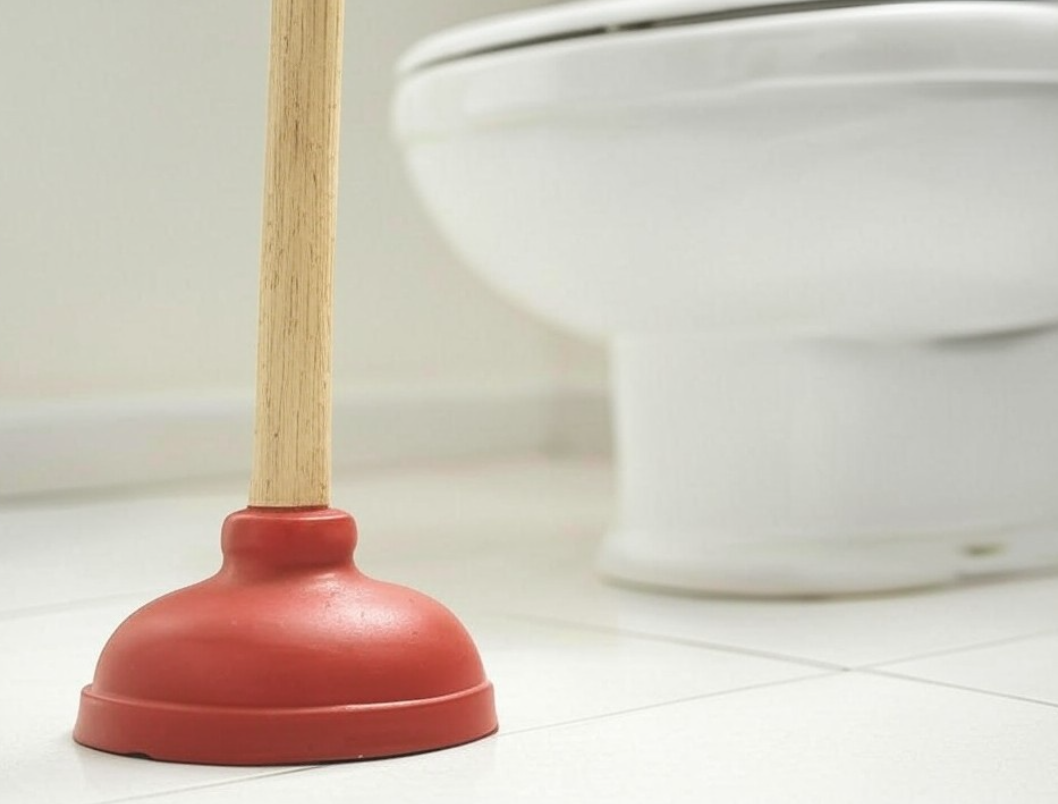Types of Plungers: Top 4 Powerful Solutions 2025
Types of plungers are essential household tools designed to handle common plumbing problems and unclog drains effectively. Clogs in the kitchen sink or toilet can be frustrating for any homeowner. Here’s a quick look at the different plungers you should consider having:
- Cup Plunger: Best for sinks.
- Flange Plunger: Ideal for toilets.
- Accordion Plunger: Great for more forceful toilet clogs.
- Taze Plunger: Used by professionals for large pipes.
Clogged drains can really ruin your day, turning simple tasks like doing the dishes or taking a shower into a big ordeal. However, the right plunger can resolve these blockages efficiently. This article explores how each plunger works and how to choose the best one for your home.
Getting to know these tools can make home plumbing issues less stressful, ensuring you’re ready for any mess that might pop up.

Types of Plungers
When it comes to unclogging drains, plungers are your best friend. They come in various types, each designed for specific tasks. Let’s explore the types of plungers you might need in your home.
Sink Plunger
The sink plunger, often called a cup plunger, is the classic plunger design. It features a simple rubber cup attached to a handle. This type is perfect for flat surfaces like kitchen sinks, bathroom sinks, and bathtubs. The flat-bottomed cup ensures a good seal, creating the suction needed to dislodge clogs.
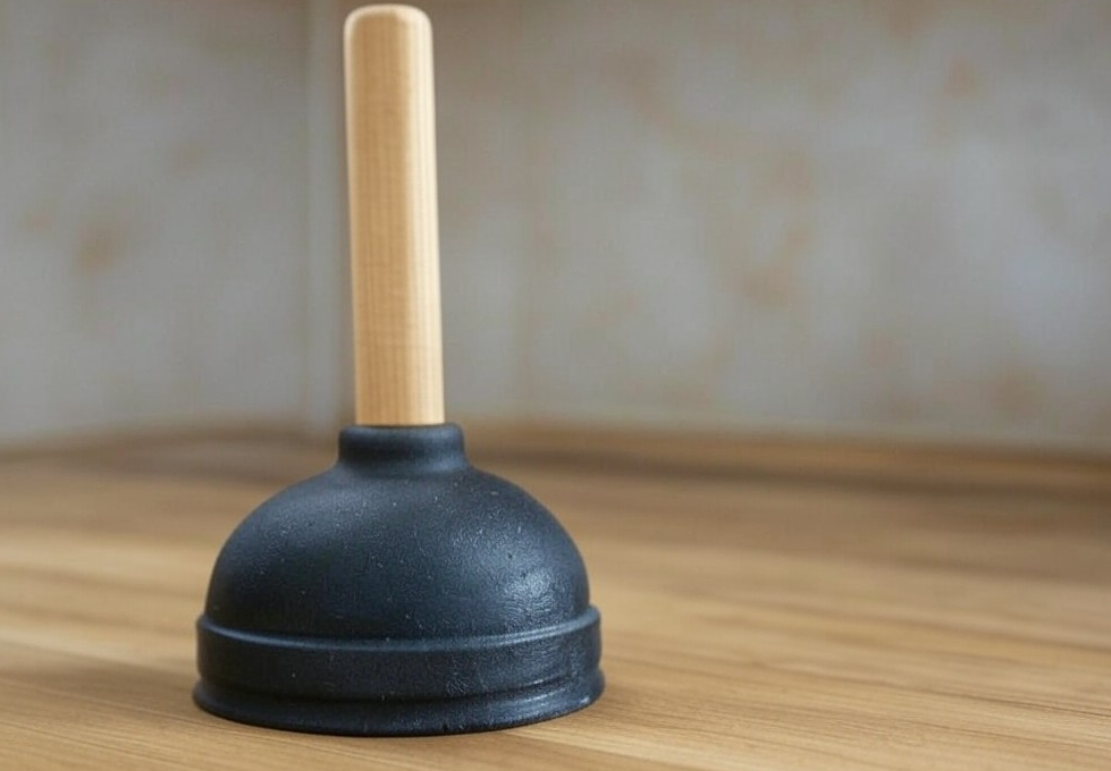
Toilet Plunger
For toilets, the flange plunger is the go-to tool. It looks similar to a sink plunger but has an extra rubber flap (flange) that fits snugly into the toilet drain. This design creates a strong seal, making it more effective for clearing toilet clogs.
Accordion Plunger
The accordion plunger is a bit different. Made of hard plastic, it has an accordion-like body, allowing it to generate a lot of force. This makes it ideal for stubborn toilet clogs. However, it requires more effort and can be tricky to use due to its rigid structure. Be cautious, as the plastic can scratch your toilet bowl.
Taze Plunger
For those really tough jobs, professionals often turn to the taze plunger. This tool is not commonly found in households but is used for larger pipes. It’s especially handy for clearing blockages in commercial settings or where other plungers fail to do the job.
Each plunger is uniquely designed to tackle specific clogging challenges. Whether it’s a simple sink blockage or a stubborn toilet clog, choosing the right plunger can make all the difference.
How Plungers Work
Plungers might look basic, but they use some cool science to clear clogs. The secret is in suction and pressure, based on Boyle’s law. When you push the plunger down, you compress the air inside, boosting pressure. This pressure pushes water into the clogged pipe, helping to break up the blockage. Pulling back creates suction, pulling the clog up and out.
The key to success is a tight vacuum seal. If air escapes, the plunger won’t work as well. So, make sure the plunger covers the drain completely for the best results.
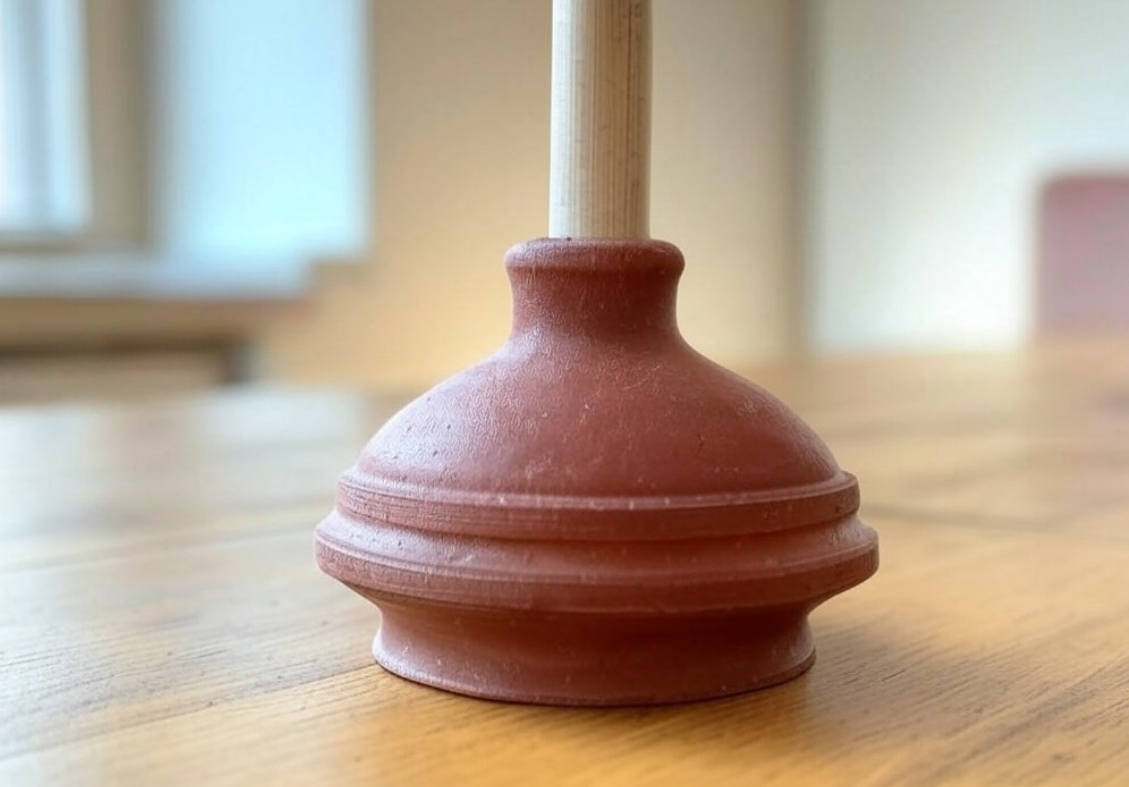
Suction and Pressure
Plungers work by creating changes in air pressure. When you press a plunger down over a clogged drain, you push out the air inside the cup, increasing the pressure in the drain pipe. This pressure forces water and air into the blockage, helping to break it apart. Pulling the plunger back up creates a vacuum seal, reducing the pressure, which can help suck the clog back toward the plunger. This back-and-forth motion is what helps to dislodge the blockage.
Boyle’s Law
Boyle’s law states that pressure and volume are inversely related when temperature is constant. In simple terms, decreasing the volume of air (by pressing the plunger down) increases the pressure, and increasing the volume (by pulling it back up) decreases the pressure. This principle helps create the force needed to move stubborn clogs.
Vacuum Seal
A vacuum seal is crucial for effective plunging. Without a tight seal, air escapes, and the pressure changes won’t be strong enough to move the clog. To ensure a good seal, make sure the plunger rim fully covers the drain opening. For toilet plungers, the flange inserts into the drain, enhancing the seal. Adding a bit of petroleum jelly to the rim can improve the seal, making the plunger more effective.
Understanding these principles can help you use plungers more effectively, turning a frustrating clog into a quick fix.
Choosing the Right Plunger
Picking the right plunger can make all the difference when dealing with clogs. Different types of plungers are designed for specific tasks, so using the right one ensures better results and less frustration.
Sink vs Toilet Plunger
The sink plunger is a handy tool with a basic rubber cup and a straightforward handle. It’s ideal for flat surfaces like sinks and bathtubs. This plunger forms a tight seal on these surfaces, which makes it great for unclogging blockages.
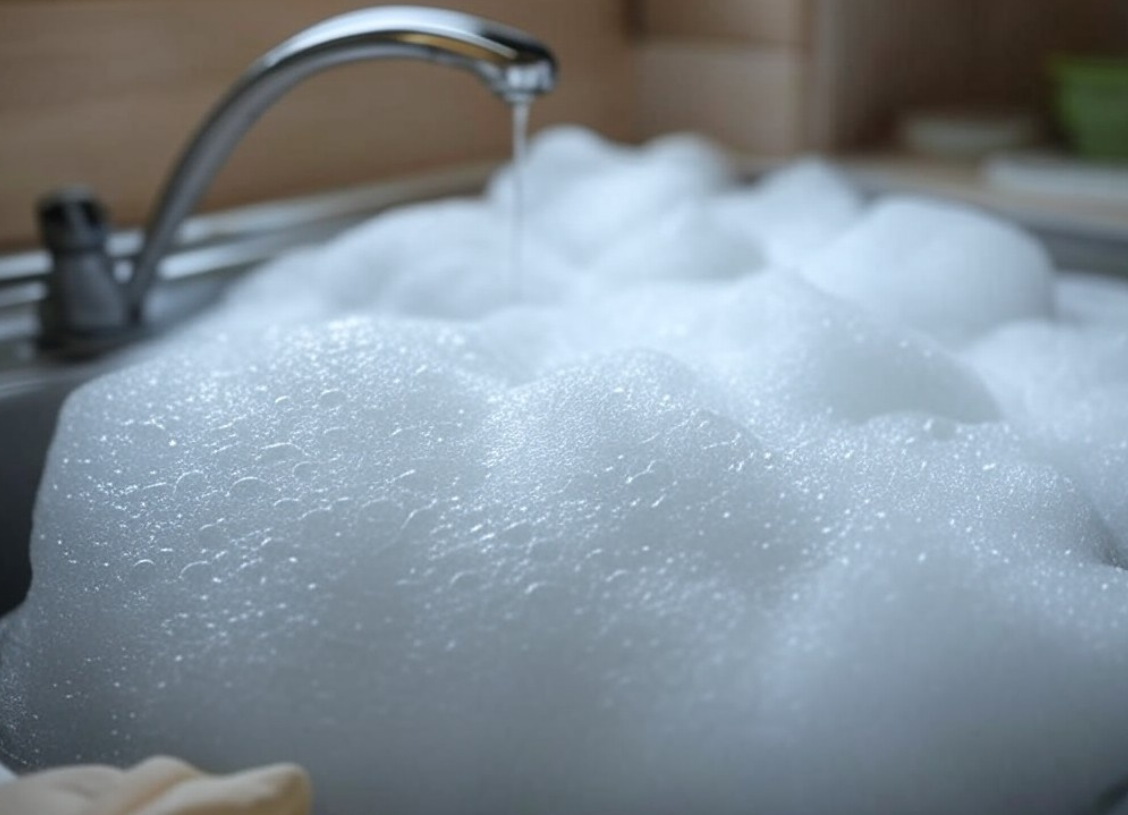
On the other hand, the toilet plunger has a flange—a fold-out flap at the end of the cup. This flange fits snugly into the toilet drain, forming a strong seal that helps tackle toilet clogs. While the flange plunger is primarily for toilets, it can also be used on sinks and tubs if needed.
Flange Plunger
The flange plunger is designed specifically for toilets. Its unique design includes a rubber cup with an extra flap, or flange, which fits into the toilet drain. This design improves the seal, allowing for more effective suction and pressure to clear stubborn clogs. The flange can be folded back, making the plunger versatile for use on sinks and bathtubs as well.
Accordion Plunger
The accordion plunger is less common but highly effective for tough toilet clogs. Its plastic, accordion-like design allows it to create strong pressure, making it a powerful tool for stubborn blockages. However, it requires more effort and practice to use effectively. Be cautious when using it, as the plastic can scratch the toilet bowl.
Choosing the right plunger depends on the type of drain and the clog’s severity. For most homes, having both a sink plunger and a flange plunger is smart. A sink plunger works well on flat surfaces like kitchen sinks and bathtubs. A flange plunger is best for toilets because it seals tightly.
If you often face stubborn toilet clogs, consider getting an accordion plunger. It provides extra force, making it ideal for tough blockages.
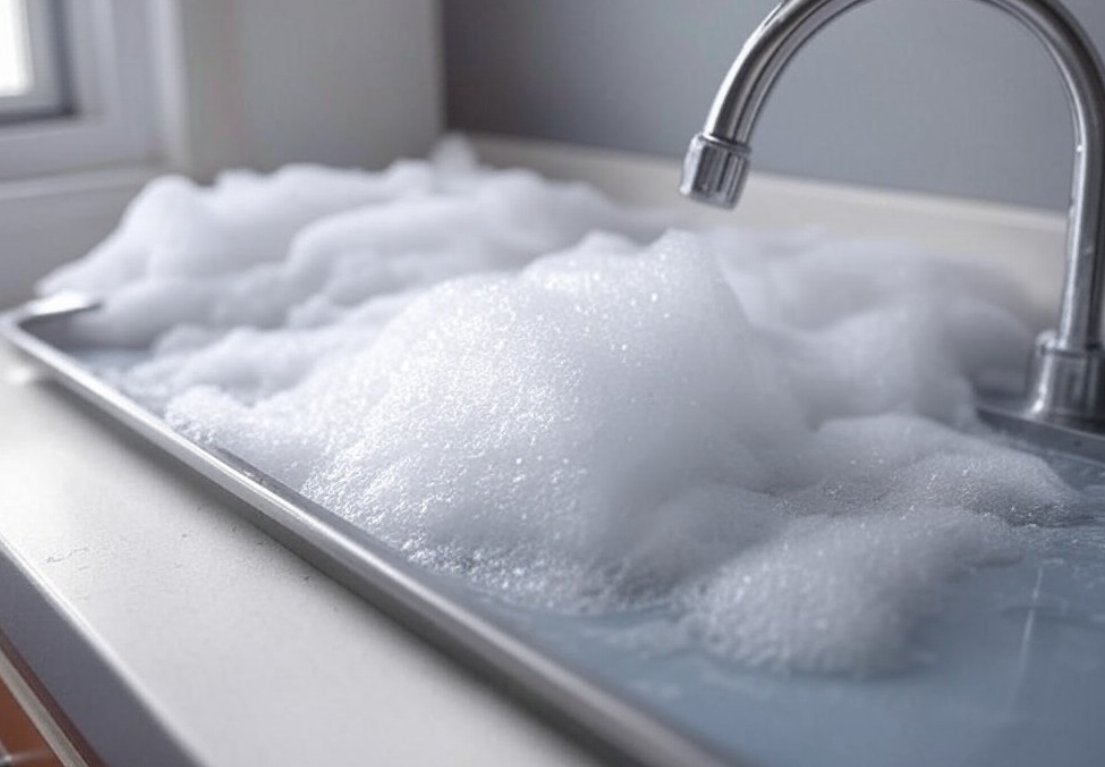
Tips for Effective Plunging
Effective plunging combines proper technique and the right tools.Here are some tips to make sure your plunging is both effective and efficient.
Seal and Fit
A good seal is the key to successful plunging. Without it, you won’t get the suction needed to dislodge the clog. Make sure the plunger’s cup completely covers the drain opening.
For a sink plunger, ensure the flat rubber cup sits flush against the surface. For a toilet plunger, make sure the flange fits snugly into the toilet drain. This creates the necessary vacuum to clear the clog.
Technique
Mastering the correct technique simplifies plunging. Follow these simple steps:
-
Position the Plunger: Place the plunger directly over the drain, ensuring a tight seal.
-
Add Water: Make sure there’s enough water in the basin to cover the plunger cup. This helps create a better seal.
-
Steady, Firm Thrusts: Hold the plunger handle vertically and use firm, rhythmic thrusts. Push down and pull up without breaking the seal.
-
Try Again if Needed: Sometimes one round isn’t enough. Repeat the plunging process a few times to fully clear the clog. Consistency can be key.
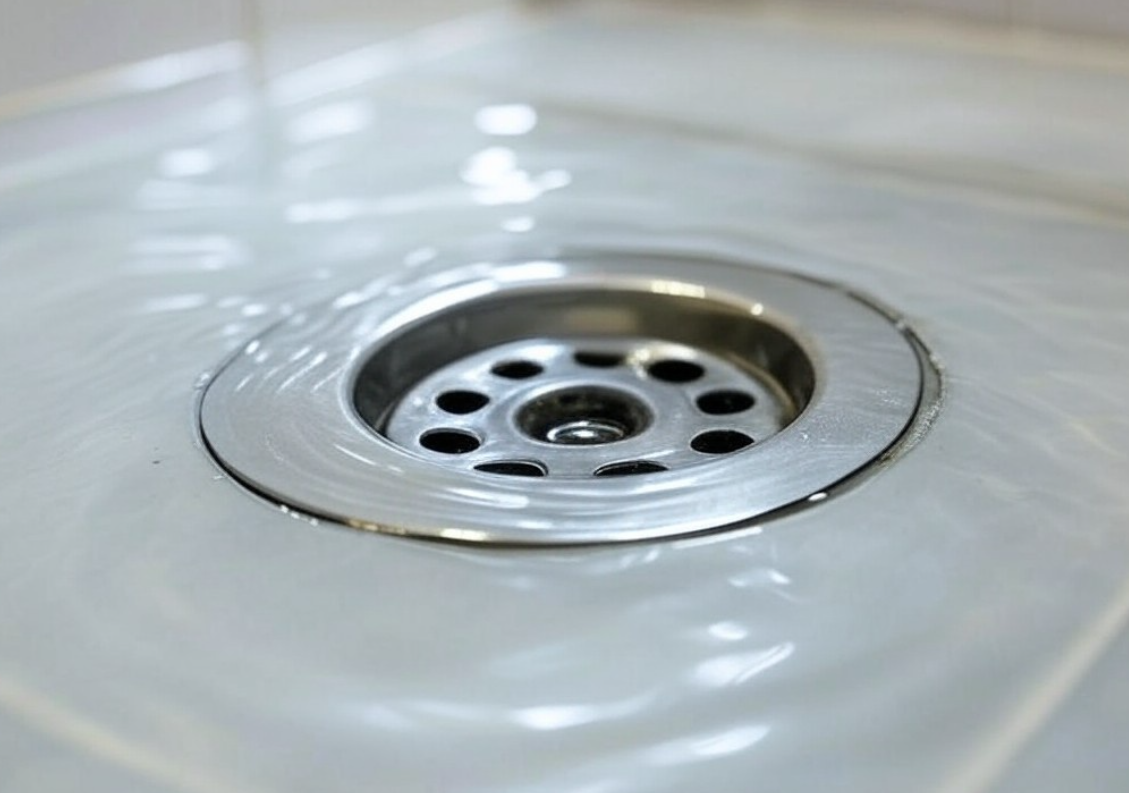
Plunger Maintenance
Keeping your plunger in good shape ensures it’s ready when you need it. Here are some easy maintenance tips:
-
Clean After Use: Rinse the plunger thoroughly with hot water after each use. Use a disinfectant spray or bleach solution to sanitize it.
-
Dry Properly: Allow the plunger to air dry completely before storing it. This prevents mold and mildew growth.
-
Store in a Dry Place: Keep your plunger in a dry, ventilated area. Consider hanging it up or using a holder to avoid contact with other cleaning tools.
-
Inspect Regularly: Check the rubber for cracks or tears. A damaged plunger won’t seal properly, reducing its effectiveness. Replace if necessary.
Follow these tips to make your plunging efforts as effective as possible. Keep your drains clear and ensure your home runs smoothly.
Next, we’ll tackle some common questions about plungers, including which type plumbers use and the differences between various plunger designs.
Frequently Asked Questions about Plungers
What type of plunger do plumbers use?
Professional plumbers often reach for a taze plunger when dealing with stubborn clogs. Unlike the typical household plungers, a taze plunger is a specialized tool that includes a steel rod connected to a snake. This setup allows plumbers to push deep into the drain, effectively dislodging tough blockages. While highly effective, this tool is best left to the professionals due to its complexity and potential for damage if used improperly.
What is the difference between a flange and a cup plunger?
Flange plungers and cup plungers serve different purposes, and knowing the difference can save you time and frustration. A cup plunger is the classic design, featuring a simple rubber cup and a straight handle. It’s best suited for flat surfaces like sinks and bathtubs, where the flat cup can form a tight seal over the drain.
On the other hand, a flange plunger has an additional rubber sleeve or flange extending from the cup. This design is perfect for toilets, as the flange fits snugly into the toilet drain, creating a strong vacuum seal. This makes it much more effective for toilet clogs compared to the standard cup plunger.
Is there a difference between a sink plunger and a toilet plunger?
Yes, there is a significant difference between a sink plunger and a toilet plunger. A sink plunger typically has a flat-bottomed cup, ideal for creating suction on flat surfaces like sinks and tubs. This design allows it to clear clogs in these areas effectively.
A toilet plunger, however, usually features a flange design. The flange helps it fit into the toilet drain, creating a better seal and more powerful suction, which is essential for tackling toilet clogs. Using a sink plunger on a toilet might not provide the seal needed, while using a toilet plunger on a sink can be less effective and unsanitary.
Choosing the right plunger is key to tackling clogs effectively. Knowing the differences between each type lets you pick the best tool for your plumbing needs. This makes your tasks quicker and more efficient, saving you both time and trouble.
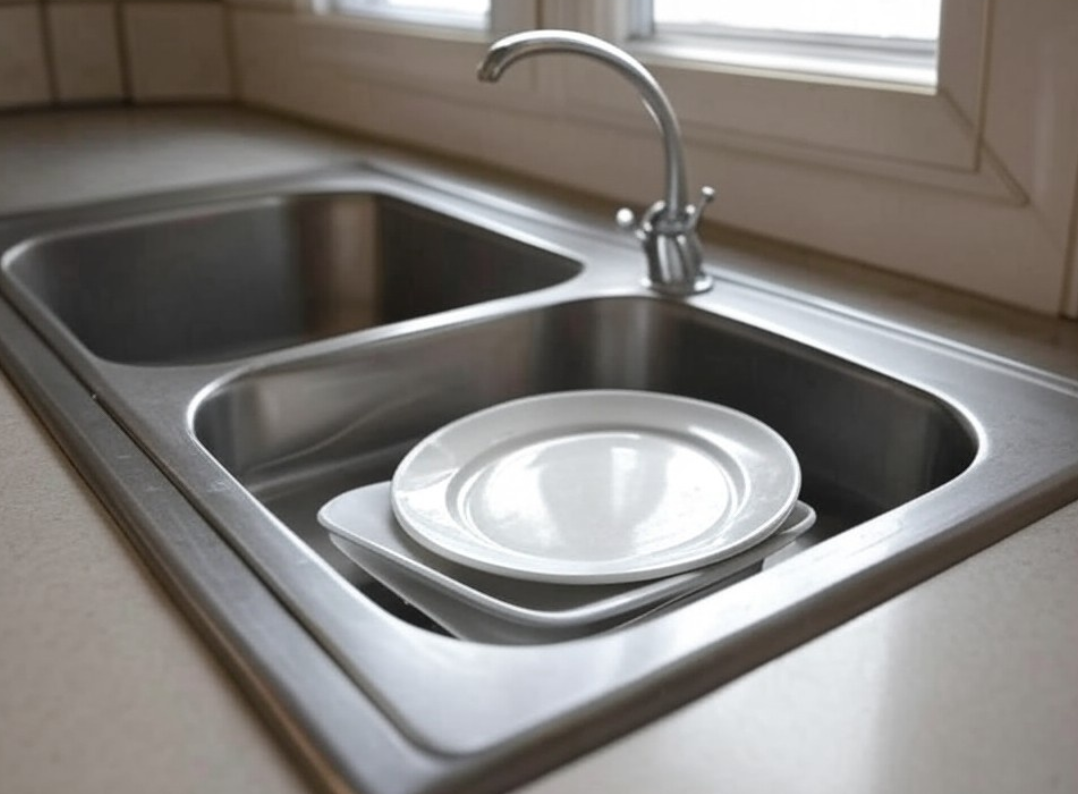
Conclusion
At Integrity Services & Plumbing, they understand that plumbing issues can be a real headache. Whether it’s a stubborn clog or a leaky pipe, their expert team is ready to provide effective solutions. With years of experience in the Rio Grande Valley, they have built a reputation for excellence and reliability.
Commitment to Excellence
Integrity Services & Plumbing prides itself on delivering top-notch service to both residential and commercial clients. Their skilled plumbers are equipped with the latest tools and knowledge to handle any plumbing challenge. From using the right type of plunger to tackling complex plumbing systems, they ensure every job is done right the first time.
Expert Plumbing Solutions
Their commitment to quality is evident in the comprehensive range of services they offer. Whether you need help with unclogging a stubborn drain or require a complete plumbing overhaul, Integrity Services & Plumbing has you covered. They believe in providing solutions that not only fix the problem but also prevent future issues.
For more information on their services, visit the Integrity Services & Plumbing service page. Their team is always ready to assist with any plumbing needs, ensuring your home or business runs smoothly without any plumbing hiccups.
Choosing Integrity Services & Plumbing means choosing a partner dedicated to keeping your plumbing system in top shape. With their expertise and commitment to excellence, you can trust them to handle all your plumbing concerns with care and precision.

